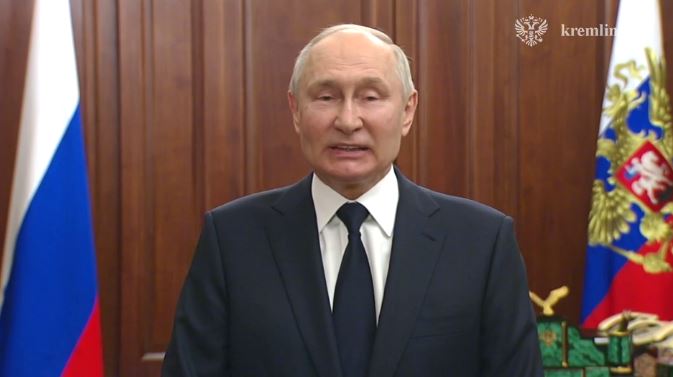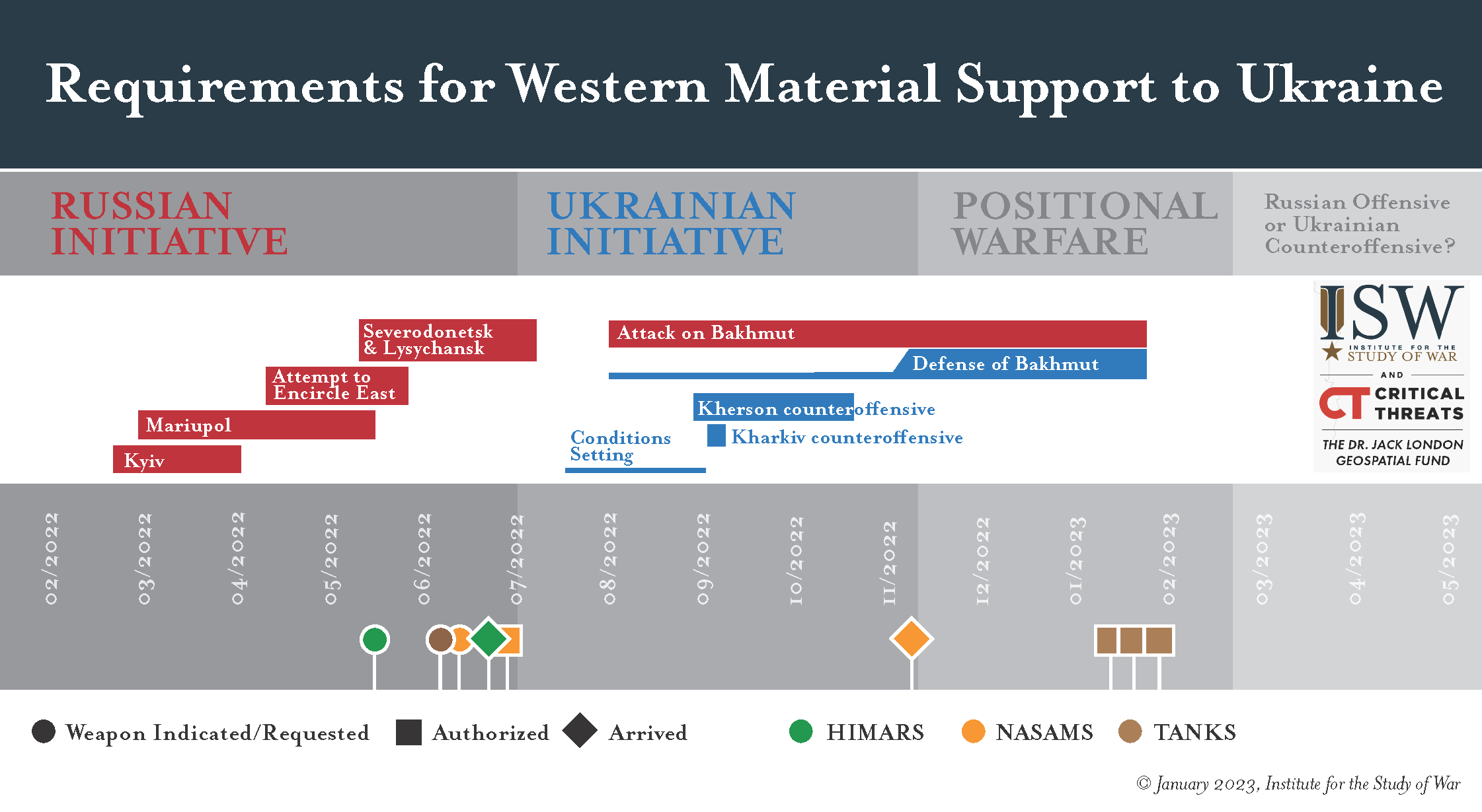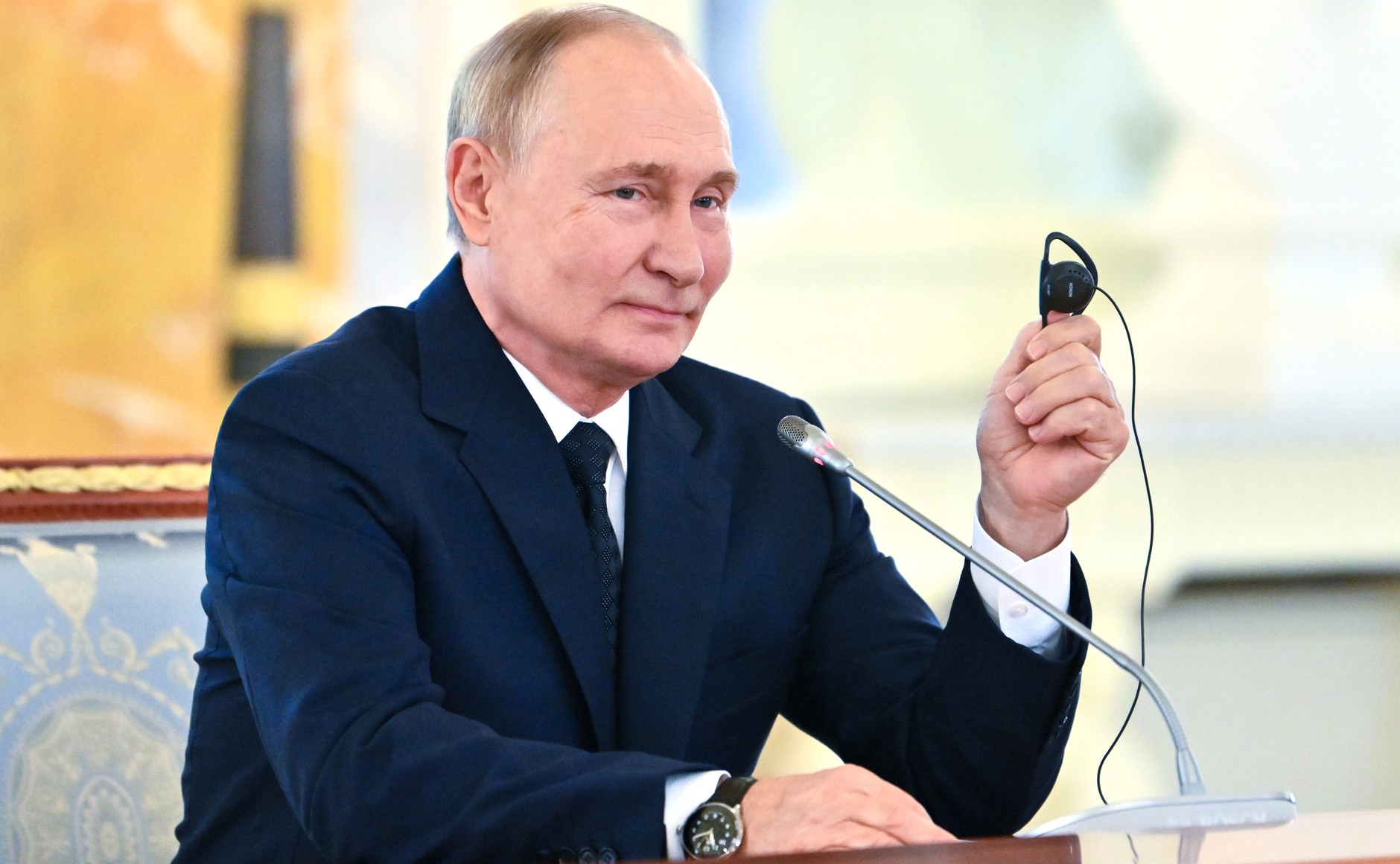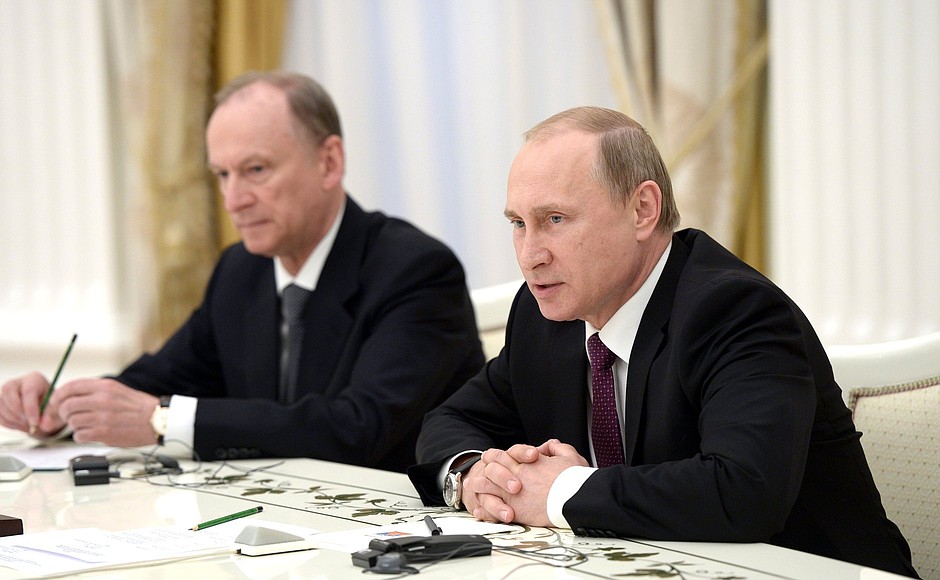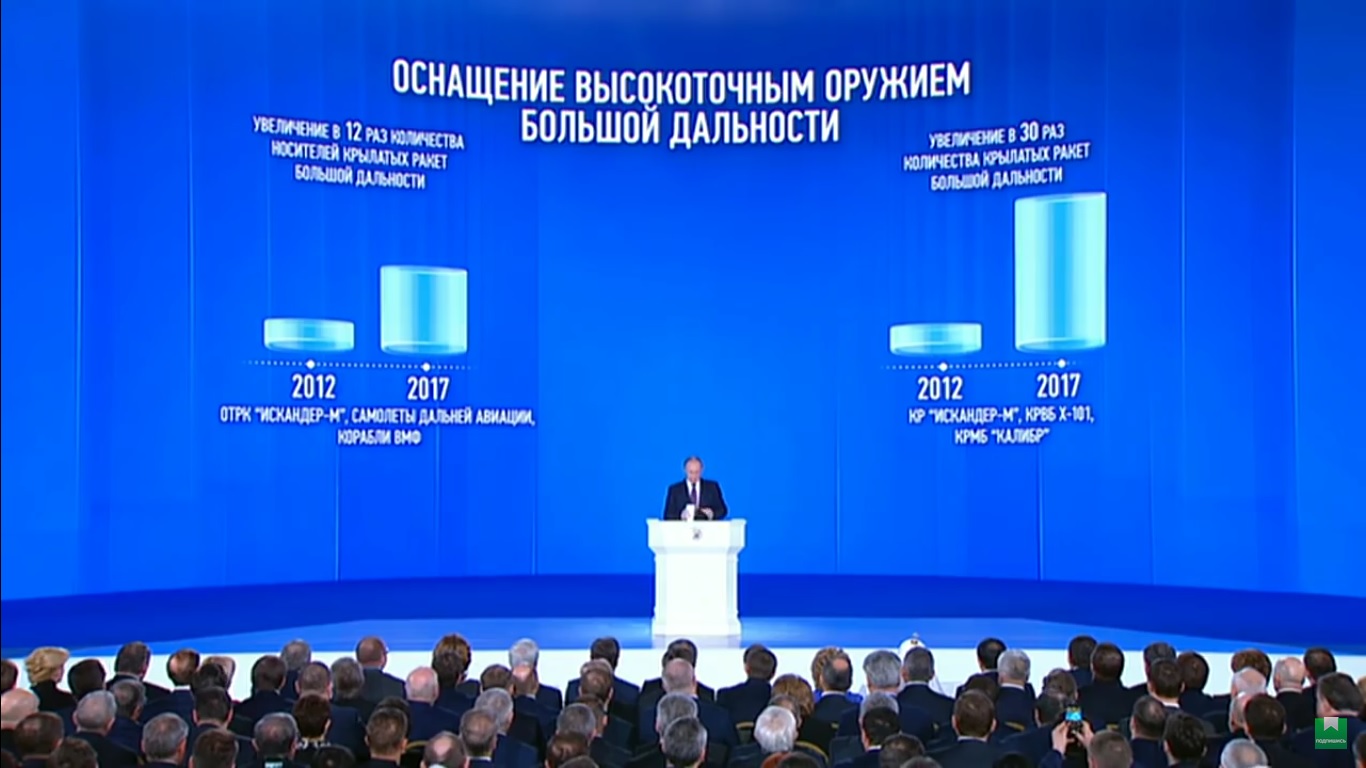In 1994, Ukraine gave up its nuclear weapons in exchange for security guarantees. 31 years later, that exchange of weapons for promises lies shattered in Kyiv's streets.
One question haunts Western capitals: how did nuclear threats—never acted upon—delay and constrain the Western response more effectively than actual weapons could?
Former Ukrainian intelligence chief Illia Pavlenko, who served in both counterintelligence and Defense Intelligence leadership, reveals for the first time how Russia orchestrated this deception—and how it may have cost Ukraine victory in 2022.
The nuclear deception machine
In an interview with RBC-Ukraine, Pavlenko, detailed how Russian special services plant nuclear nightmares through captured Western agents. The mechanics are theatrical:
- Compromised Western agents receive documents suggesting Russian nuclear preparations;
- These agents report back to their intelligence services about possible nuclear strikes
- Western politicians receive corroborating "evidence" through official channels
- Military aid decisions are adjusted based on nuclear escalation fears
"Russian special services transmit information about them contemplating the use of nuclear weapons through channels that this information will definitely reach the leadership of Western countries," he explained.
How the theater unfolds
Russian intelligence identifies and exploits Western agents already under surveillance, then feeds them precisely what Washington needs to see.
"For example, they exposed within themselves some agent recruited by Western intelligence services. If this is an interesting character for them, they don't arrest him, but conduct 'insertions' of documents or data needed by the Russians through him," Pavlenko explains.
When materials land on a leader's desk, as happened with Biden in October 2022, they prompt stark warnings. Biden told the world: "We have not faced the prospect of Armageddon since Kennedy and the Cuban missile crisis."
Documents appeared suggesting a tactical nuclear strike "somewhere in the Black Sea" to cause panic and destabilize Europe. When Western agents sought verification, Russian intelligence reinforces the threat with choreographed precision.
"The agent was tasked with clarifying - where, when, and how the strike could take place," Pavlenko reveals. "The Russians saw that the agent was starting to find out. And then, to enhance the effect, they made changes to their nuclear doctrine, reducing the threshold for the use of these nuclear weapons."
US officials later confirmed this was part of the most intensive nuclear threat assessment since the Cuban Missile Crisis.
CNN reported that in 2022 Western intelligence agencies had intercepted communications indicating lower levels of the Russian system were explicitly "discussing a nuclear strike." CIA Director Bill Burns hurried to Ankara to meet Russian intelligence chief Sergey Naryshkin. The trap was sprung.
Kharkiv's frozen victory
September 2022: Ukraine smashed through Russian lines in Kharkiv, recapturing 12,000 square kilometers at lightning speed. Days later, Putin announced nuclear forces on "high alert." Weapons deliveries froze.
"After the start of the Kharkiv operation in 2022, our weapons supplies were suspended," Pavlenko stated. "This was the first prolonged suspension of arms deliveries. Perhaps if this hadn't happened, the war could have developed quite differently."
Systems repeatedly delayed after Kharkiv:
- Leopard 2 tanks: postponed until 25 January 2023
- Patriot missiles: Announced December 2022, delivered April 2023
- ATACMS: Requested repeatedly in 2022-2023, delivered October 2023
- F-16s: Delayed from early 2022 requests until 2024 deliveries
The Institute for the Study of War assessed this cost brutally:
Trending Now
"Ukraine's inability to mount a subsequent counter-offensive in November following the Russian withdrawal from western Kherson Oblast gave Russia time and space to stabilize its lines and put pressure on Ukraine to which Kyiv had to respond," ISW notes, adding that although there were many factors involved, the West's failure to provide the necessary materiel was "certainly key."
Theater of nuclear readiness
Since the invasion began, Russia has issued nuclear threats corresponding to key moments in the conflict:
- 27 February 2022: Putin puts nuclear forces on "high alert" after Western sanctions
- April 2022: Nuclear exercises after weapon deliveries to Ukraine
- 21 September 2022: "I'm not bluffing" during Ukrainian Kharkiv offensive
- October 2022: Claims about Ukrainian "dirty bomb" preparations
- November 2022: Suspension of critical arms deliveries following Black Sea nuclear threat scare
- March 2023: Announcement of tactical nuclear weapons deployment to Belarus
- November 2024: Russia formally lowers nuclear threshold
Each threat triggers re-evaluation of Western arms deliveries, creating "rhythms of escalation" that consistently favor Russian battlefield positions:
Cultural influence as a foundation
Pavlenko traces modern influence operations to their most successful precedent: the Cambridge Five spy ring. British intelligence officers, recruited as left-wing students, spent decades feeding NATO secrets to Moscow.
"They succeeded," Pavlenko asserts, "because there were certain segments of people in the West who believed that great things were being done for ordinary people in the Soviet Union, that communism was the future of the world."
Today's version is more complex. "They communicate with politicians, corrupt someone, give privileges to someone, open these cultural centers, arrange Tretiakov Gallery exhibitions abroad, and influence through glorifying Russian art. And plus – propaganda, to convey information to the masses of the population, through media and channels like Russia Today, and creating bot farms, paying bloggers."
This groundwork enables nuclear theater to work: "They throw some narrative that Russia needs into the masses. It may take hold with the population. And then politicians or leaders of these foreign states reflect on it, taking into account the opinions and moods of their populations."
The case of Chancellor Scholz
Politicians cannot ignore societal attitudes, leading to bans on strikes and reduced assistance. A prime example: former Chancellor Scholz's election campaign.
"He relied on polls showing that the German population was mostly against increasing military aid to us. He played up to these sentiments," Pavlenko believes.
As The Atlantic Council puts it: "Russia's nuclear threats suffer from obvious credibility problems, [but] the extreme reluctance of many in the West to test Moscow's resolve means that these tactics have nevertheless been highly effective."
This is evident today, as Ukraine's hands are still tied by Western bans on long-range strikes on Russia and Kyiv still pleads for German Taurus missiles. Despite Russia's bluff being called, nuclear blackmail endures as Moscow's most powerful weapon while Ukraine pays the price of believing promises of security guarantees.



